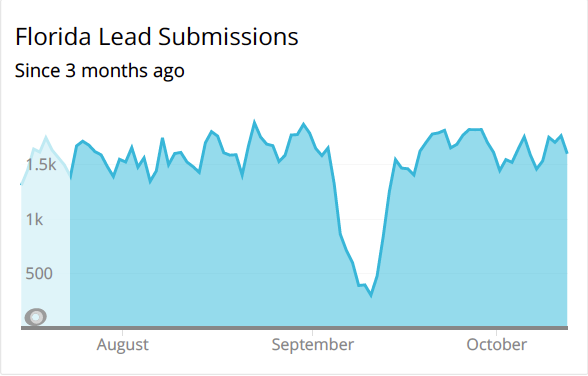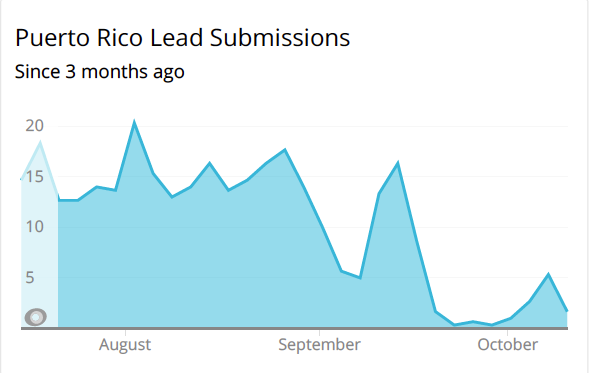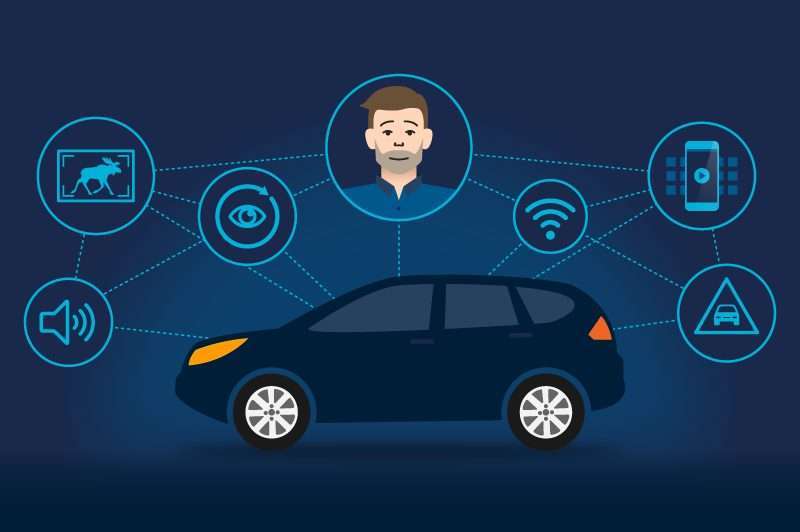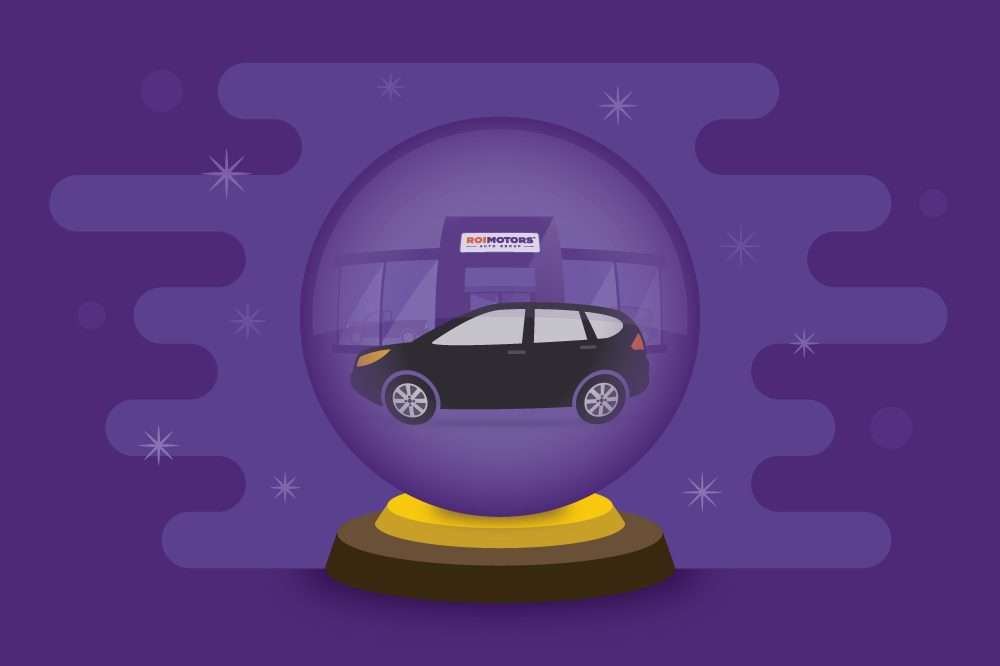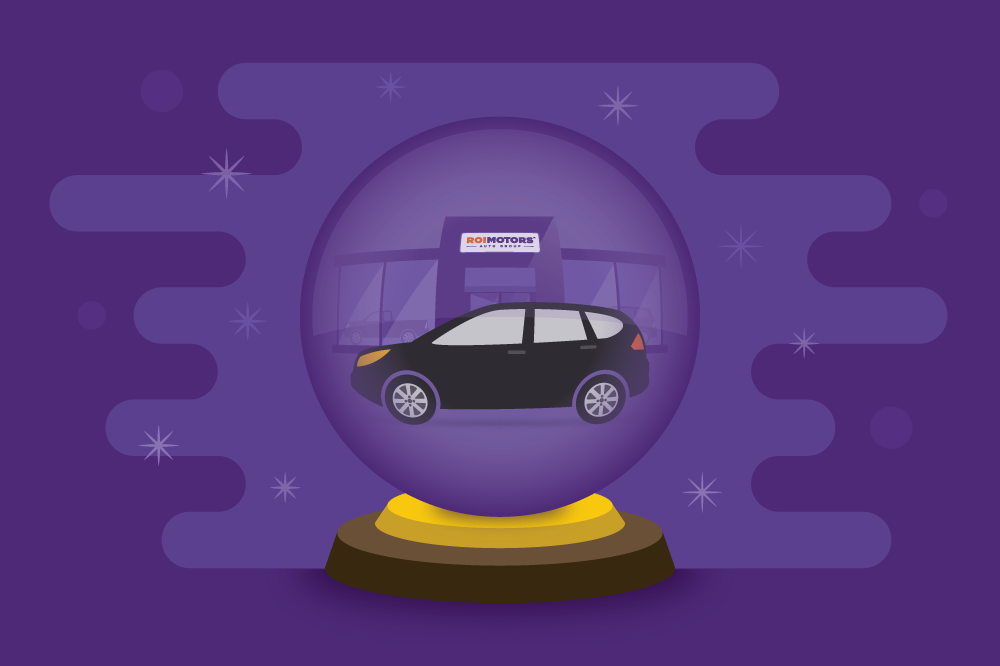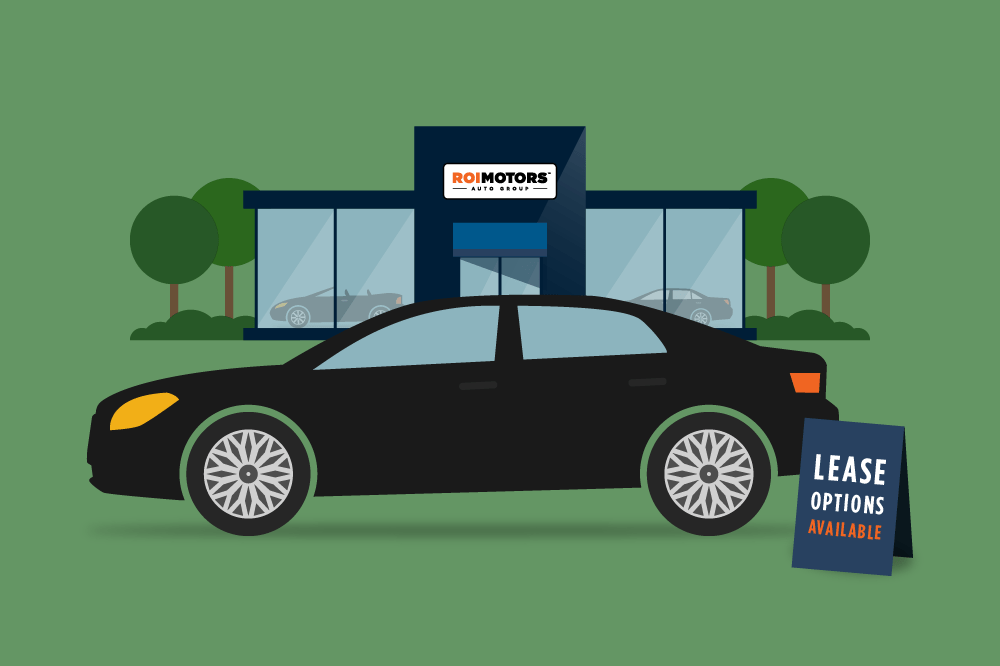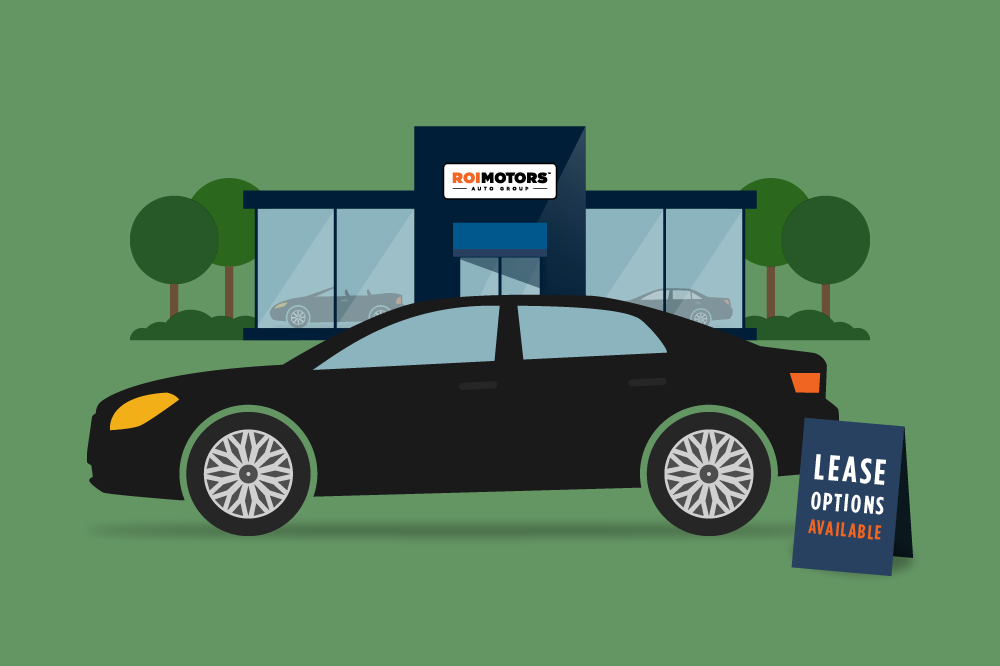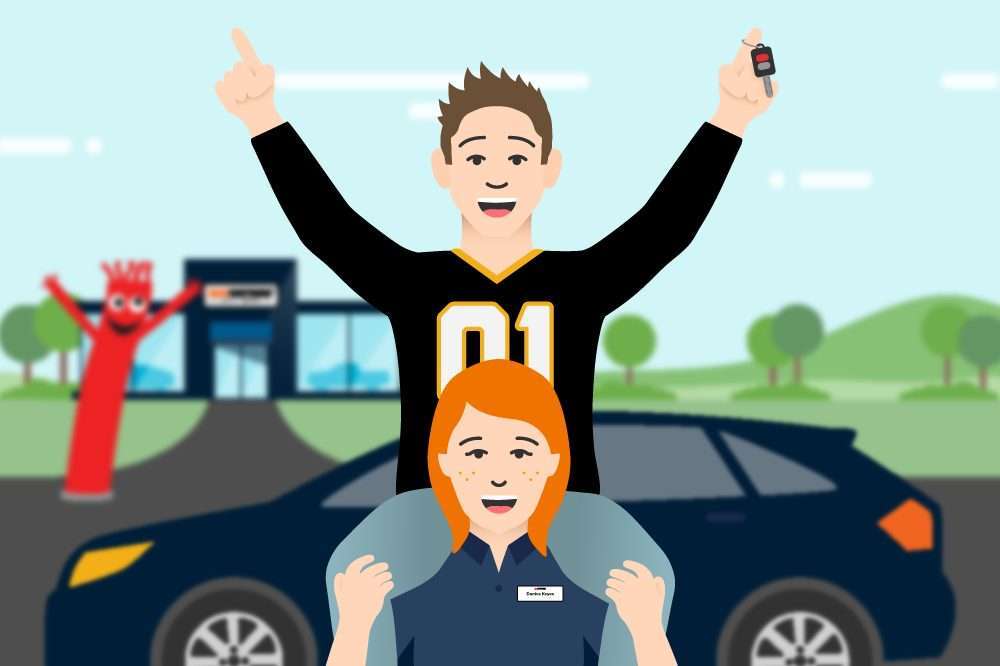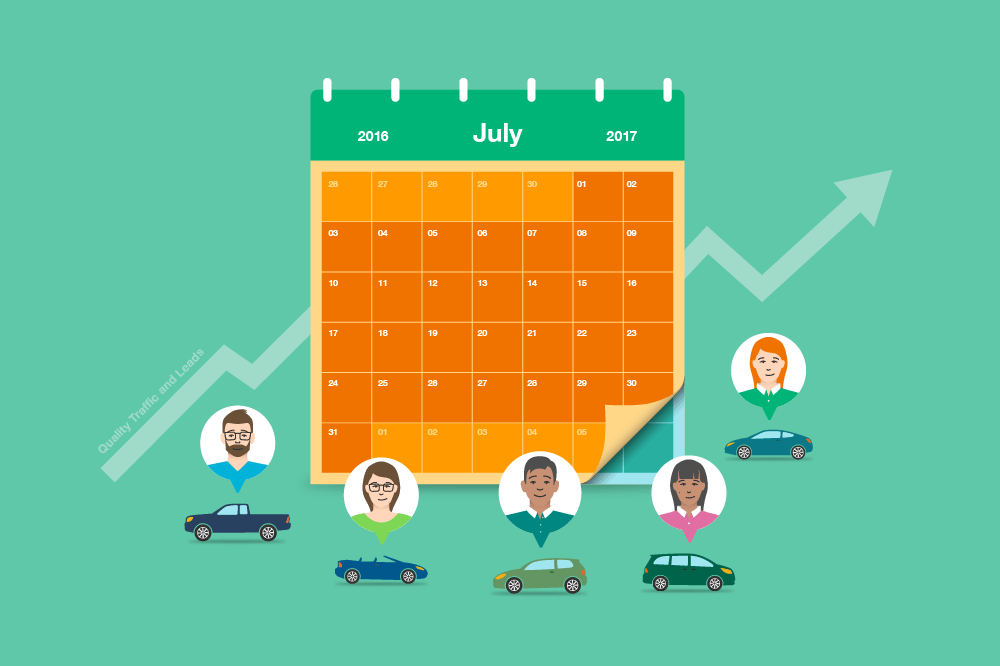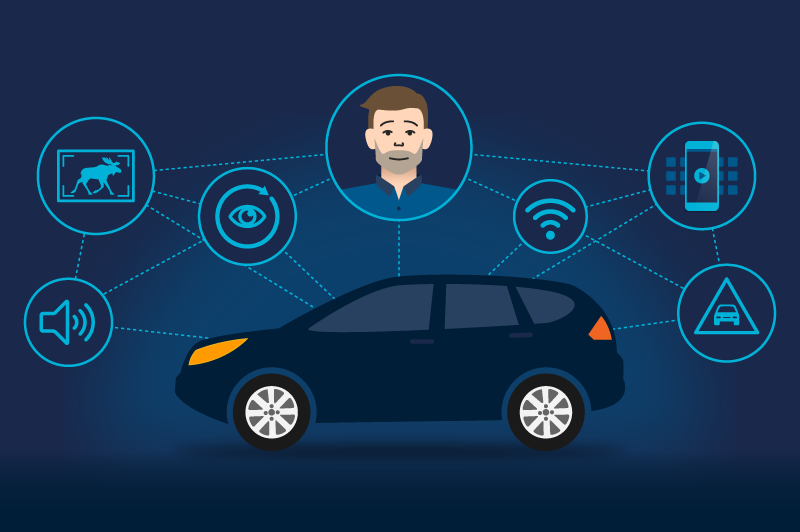
It’s tempting in auto retailing to think of vehicle technology as just bells and whistles. Sure, tech features sweeten the deal, but they probably won’t make or break the sale. Right?
Not so fast. For a big percentage of today’s consumers, vehicle technology is a top consideration during the purchase process.
According to Autotrader’s 2016 Auto Tech Study, 48 percent of consumers think vehicle technology is more important than either vehicle body style or brand. That’s right. For nearly half of consumers, those “bells and whistles” matter more than the actual vehicle type. So a dealership sales process should account for that.
Teaching a sales team to sell vehicle tech effectively can be tricky. After all, salespeople probably got into the business to sell cars, not technology. But tech is just too important to today’s consumers for any dealership to ignore.
Turn Tech into Profit
For decades, Baby Boomers have dominated the car-buying market. But while boomers still have sizable buying power, Millennials are now the generation to watch.
Half of Millennials say they’ll buy or lease a car in the next 12 months. And because Generation Y is predicted to buy 40 percent of all new vehicles sold over the next 10 years, that age group of 20- and 30-somethings’ preferences will shape the market for years to come, according to the same study.
Technology is one of the biggest selling points for Millennials when deciding what vehicle to buy. They’ve grown up with tech. They expect it in every aspect of their lives, from their phones to their homes to their cars.
They’re not willing to compromise. Nearly 60 percent of Millennials would switch vehicle brands to get the technology they want.
Only 42 percent of Baby Boomers are willing to do the same. Not delivering what Millennial buyers want risks losing their business.
On the other hand, if you can sell technology successfully, the payoff among Millennials is enormous, because 55 percent of Millennial buyers are willing to spend extra to get the technology they want, compared with 38 percent of Baby Boomers.
The average Millennial will pay $2,617 more for his or her ideal tech features – almost $600 more than Boomers will pay.
Let’s play out those numbers. Say a dealership sells just 20 cars a month to Millennials. Multiply those sales by the $2,500-plus Millennials are willing to pay for the right technology. That’s more than $600,000 a year in additional revenue.
So how can you claim this potential profit and get buyers the high-tech options they’re looking for? Fortunately, you don’t need Silicon Valley experience to be a tech-savvy salesperson. Here’s what you actually need to do.
Make Technology Look Easy
Consumers always have expected salespeople to know about the vehicles they sell, and the rise of vehicle technology hasn’t changed that. Being a knowledgeable salesperson is more important now than ever.
Although most consumers plan to research the latest technology before shopping, 44 percent still don’t know what features they want when they take a test drive. And that’s where salespeople come in.
They should feel comfortable explaining the latest tech features of any vehicle and making those features look easy to use. A third of consumers say they’d walk away from a purchase if the vehicle’s in-car technology seemed too difficult to use during the test drive, salespeople should feel comfortable demonstrating the ins and outs of tech features.
Older salespeople shouldn’t be afraid to ask Millennial colleagues for help. They grew up with advanced technology, so using these features – and talking others through them – is second nature to them. Combine that insight with a veteran’s sales knowledge and he or she is unstoppable.
Get Hands-on Experience
A great test drive is important, but 31 percent of Millennials say it doesn’t offer enough time to master vehicle technology. That skyrockets to 61 percent for older generations.
Regardless of age, 35 percent of consumers would like to learn about vehicle technology either from a dealership staffer or a dealership-hosted class. That means dealership people must get up to speed. Before you can teach something, you have to know it yourself.
So during downtimes, dealership personnel should roll up their sleeves and try out advanced features of the vehicles in stock. Once they know their way around, they should consider offering regular classes to consumers who want extra guidance. This support system can motivate hesitant consumers to invest in a more sophisticated vehicle.
Find Differentiators
Which features and options should be emphasized during the sale? That’s a tricky question, because not all technology is created equal. Keep in mind, consumers have different expectations for different features.
For example, 60 percent of consumers think features such as Bluetooth, keyless entry and blind spot detection should come standard.
Emphasize connectivity and entertainment features. Forty percent of consumers’ wish lists include vehicle features such as wireless device charging, telematics and interactive dashboards.
Because these features aren’t essential to vehicle function, they’re not as commonly available as other tech options. If a vehicle has them, it provides something out of the ordinary, something many consumers will be willing to pay for.
By knowing consumer needs and getting comfortable with the latest vehicle features, car salespeople can sell more vehicles – no computer science degree needed.
Brian Geitner is president of Cox Automotive Media Solutions Group, which includes Autotrader, Kelley Blue Book and Dealer.com









